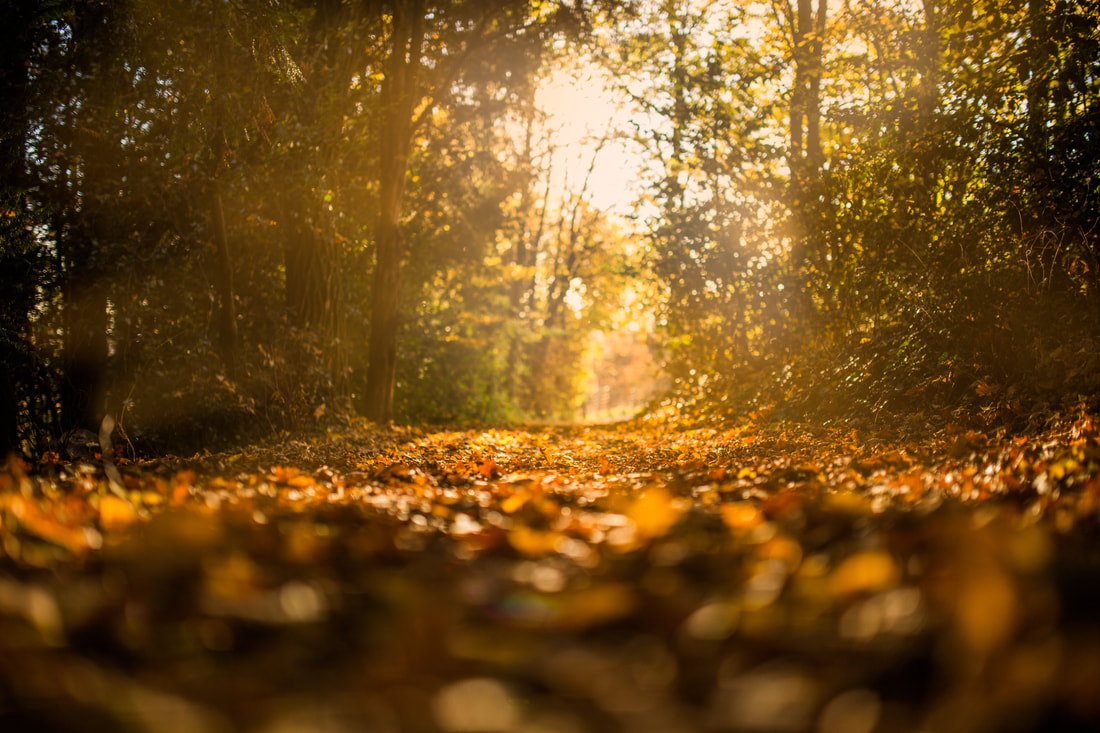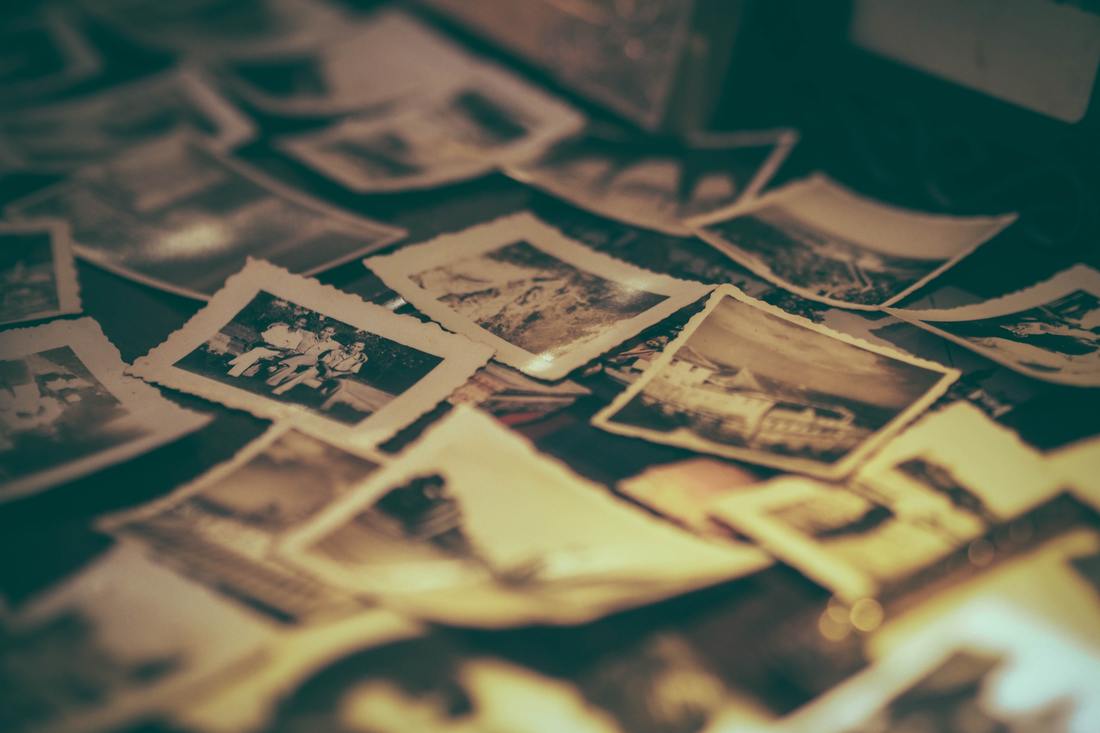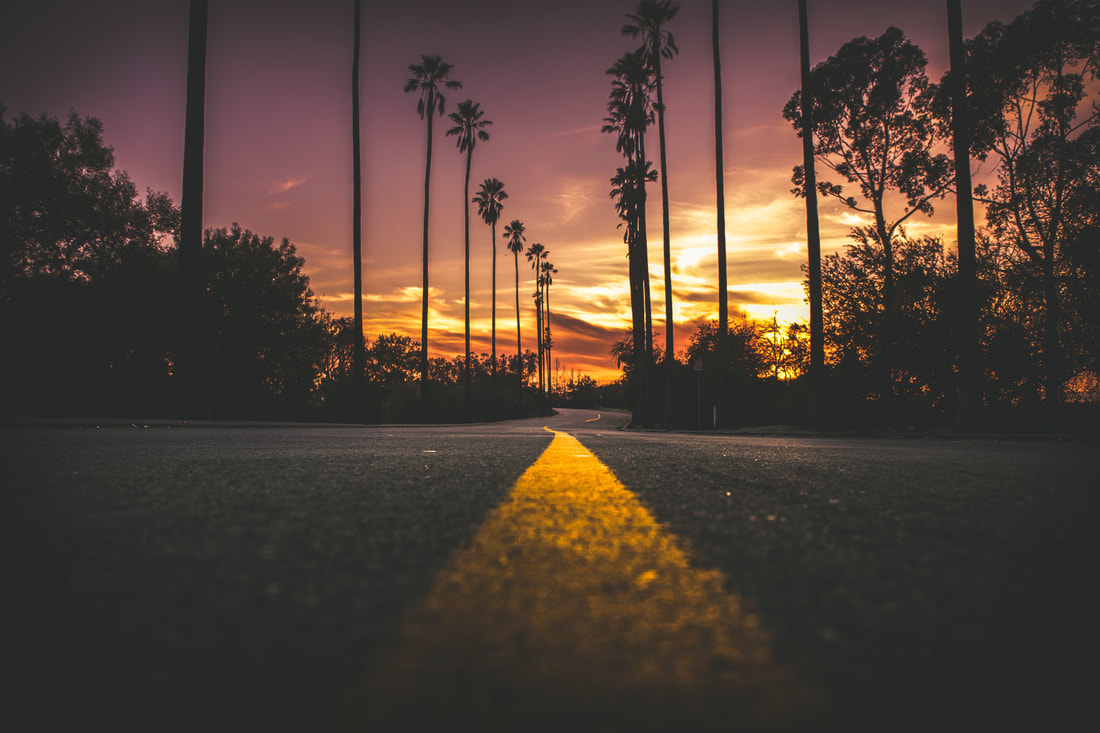|
“The self is but a spark. Within that spark is the total experience and expression of oneself. Growing from birth to adolescence to adulthood, when does the notion of self fully develop? Is it stagnant and constant from birth or does it change and evolve with us? Perhaps it is only our expression of self that changes. If so, where are we in all of this? The observer, the observed, or merely the audience?” -Marlon Diaz, 2018 From history and culture to science and technology, every facet of our lives beyond the arbitrary experiences of our basic senses all have one common thread running through them. They’re all inherently dependent on the existence of memory. You only know who you are because you know who you’ve been. And you know who you’ve been because you remember. It’s quite fascinating how many of the people we first meet upon entering this world form the foundation for what we come to expect of humanity throughout our lives. I’ve found that even our sense of beauty is intrinsically tied to the early faces we first see and interact with as infants. Those early memories inform our sense of self and are critical in formulating our perception of the world, as well as our unique personal tastes. Ofcourse this opens up the discussion for how much of our personal identities is nature and just how much of it is nurture. This dichotomy is not simply a philosophical rumination but rather one that can have real world implications. The distinction underlies the elements of one’s character and personality that have been shaped by the environment and can ultimately be manipulated. This is particularly evident in our personal tastes, which may at first appear to be a natural consequence of our inherent identities, but more often than not are a direct result of external stimuli that constantly bombard us at a young age. Which begs the question...who are we really? Can we somehow divorce these external factors, albeit temporarily, in order to shed light on our natural essence, devoid of such impinging influences? Ultimately, we are a product of our environments and our experiences. But given proper insight, can we backtrack and somehow upturn the effects of some of those influences? Engaging in such an exercise is more precarious than it may seem, as doing so has the potential to create a void that must once again be suffused. The result of opening such a chasm, however, may shed light on our true identities and allow us to better understand the core components that constitute our natural spirit. Over the years, I’ve come to the striking realization that most people’s capacity for retaining memories is quite different, as conspicuous as that may seem. My earliest memories, for instance, date back to a time when I was a little over two years old. Since then, it has been a continuous journey with no significant breaks or interruptions. Others only have vague memories of their early childhoods and often can’t distinguish between an event occurring as early as three or four years old or as late as seven or eight. But I quickly learned that I was, in fact, the anomaly. Having a continuous memory from such an early age allows for a unique perspective that is otherwise eluded by individuals of the same generation. Although I have recently capped my third decade on the planet, I feel that I’ve been around for quite a bit longer; mainly because my memory of that time period is relatively intact and uninterrupted. Needless to say, no one’s memory is perfect, and just like everyone else I also have fond memories of toys or old shows with a sentimental attachment, or places that I’ve visited which have only existed in the back of my mind for years. However, for many of these early memories, the mind provides little to no context from which to derive any specific insight regarding the time or place of their occurrence. Several years ago, in college, I went on a bit of a mental expedition to “defragment” my memory and identify all of these missing pieces. My reasons for undertaking that endeavor were two-fold. Firstly, I felt that identifying objects, events, persons, and places that were dear to me would heighten my sense of awareness, appreciation, and understanding for those unique moments in my life. Secondly, I felt that, by doing so, it would help me on my quest to understanding my true self and identifying most of the external elements that have shaped me and made me the person I am today. As director Tim Burton put it, "You start a certain way, and then you spend your whole life trying to find a certain simplicity that you had. It’s less about staying in childhood than keeping a certain spirit of seeing things in a different way." Fortunately, that project was an eventual success. With the indispensable aid of the web, I was able to piece together many different fragments of my memories to form a narrative, a feat that otherwise would have been unfathomable. Ofcourse, there will always be bits and pieces, here and there, that will remain as fragments in my distant memory. But I’ve come to accept those fragments less as “missing” pieces, and more as the “wear and tear” of a long-lived life; much as we would appreciate some scuff here and there on a prized possession as evidence of its personal journey and perseverance. It’s amazing how much of our memory is tied to our sensory experiences. For instance, being a photography aficionado, I am particularly fond of low angle shots. The camera lens is close to the ground, looking up at the environment, whether it be the furniture in the room, the ceiling, or just the plain sky. Something about this particular perspective feels different yet familiar to me. It elicits a certain feeling of warmth and security. Although that may sound a bit silly, I later recognized that perhaps my attachment to this perspective harkens back to my younger self when my eye-line as a child was much closer to the ground. These types of experiences can also come in the form of auditory or olfactory cues. As I was sitting in a lecture hall one day, I remember my mind momentarily drifting off as I reminisced about an old show I used to love. Instantaneously, I began to feel an odd tasty sensation on my tongue that I found to be quite strange. A few moments later I realized that my mind was, in fact, recalling the zesty grilled flavor of the dinner I was having that night as I watched this particular show years ago. Likewise, this experience can come in the form of motor cues. Years ago, my cognitive psychology professor shared an interesting experience he had when sitting in on a conference one day. He was due to finish and submit a paper that he had been working on earlier in the day but couldn’t quite figure out the proper way to express his ideas. In the middle of the conference he figured out the exact wording of what he wanted to say and was eager to get to his computer. As he sat through the conference, waiting for it to be over, he noticed that his thumb and middle finger were anxiously tapping on his desk in a repetitive pattern. He didn’t make much of it at the time but upon later reflection realized that his mind was so eager to commit it to memory that he was inadvertently tapping “Ctrl+ S” on his non-existent keyboard, a move he normally would have made to save his work. Needless to say, I found the story to be quite fascinating, and yet another example of just how intricately memory and the sensory experience are intertwined. Buried within the pantheon of memory is the concept of nostalgia, a fascinating subject that has intrigued me for years. In all of its different forms, it essentially boils down to one simple concept: a longing for a particular feeling that one has deemed missing. Some have argued that nostalgia is not so much the notion of missing something as it is an indication of something missing within ourselves. A reflection that is, perhaps, all too heavy.
In some circumstances, nostalgia serves as a gateway to accessing a particularly distilled way of viewing the world akin to a young child’s perspective. However, there is a fundamental difference between the original experience and it’s faux adulterated counterpart. One is consciously documenting and analyzing the experience while the other is simply living it. Perhaps a key ingredient to maintaining that visceral quality is to haphazardly experience a moment rather than meticulously recreate the primordial circumstances whence it was created. Pulitzer Prize-winning author Michael Chabon put it best when reflecting on his own personal journey with the subject matter: “Nostalgia, most truly and most meaningfully, is the emotional experience—always momentary, always fragile—of having what you lost or never had, of seeing what you missed seeing, of meeting the people you missed knowing [...] It’s the feeling that overcomes you when some minor vanished beauty of the world is momentarily restored.” However, in as much comfort as there may be in nostalgia and reflecting on what once was, there’s also a fine line between being stuck in the past and tactically mining it for hidden treasure. For in the past lie many of the answers to perplexing questions we’re confronted with in the present. Reflecting on and appreciating the past allows for a more comprehensive assessment of the present and provides a tangible, albeit tentative, blueprint for the future. In a culture where we are constantly celebrating anniversaries for major events, films, music, and other milestones, nostalgia becomes an indispensable tool in providing context for our own lives.
2 Comments
|
AuthorMohammad Osman is an Artist, Writer, & Cultural Historian. ArchivesCategories |
- Home
-
Articles
-
Film
>
- Dark Side of the Screen: The Art of Film Noir
- Gothic Romance: The Art of the Macabre
- Perchance to Dream: The Art of Dark Deco
- The Road Goes Ever On: The Art of Middle-Earth
- There and Back Again: The Visual Poetry of Middle-earth
- King Kong: The Eighth Wonder of the World
- It's Alive: Universal Classic Monsters
- It Came from Beyond: Invasion of the Sci-Fi Films
- Creatures of Habit: Teenage Mutant Ninja Turtles
- Myth and Magic: The Art of Comic Book Films
- Arabian Nights: Sinbad's Adventures
- Music >
- Games >
- History >
-
Film
>
- Artwork
- Community
- About
- Contact






 RSS Feed
RSS Feed